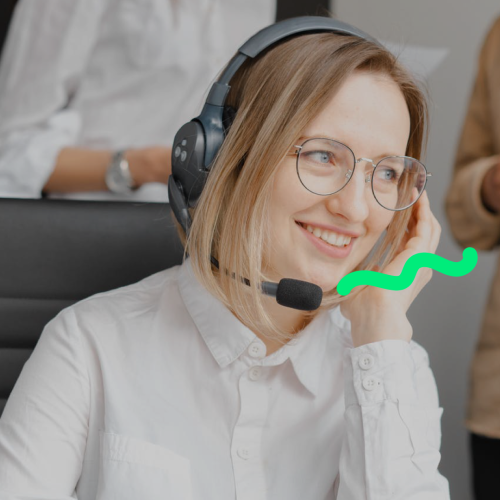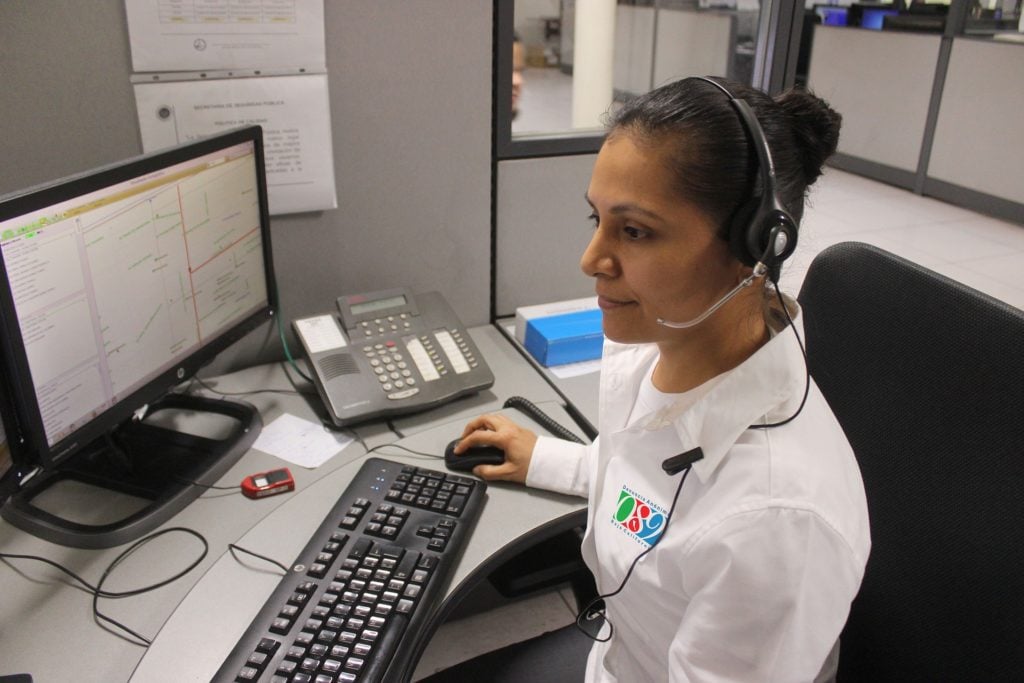All Categories
Featured
Table of Contents
- – What Is The Best 24/7 Live Telephone Answering ...
- – What Is The Best How To Start An Answering Ser...
- – Whats The Best Virtual Receptionist (Live Phon...
- – Best Phone Answering Services - Ruby Receptio...
- – How Much Does What Is An Answering Service? -...
- – How Is The Best What Are Call Answering Serv...
What Is The Best 24/7 Live Telephone Answering Services In Australia Business?
This gadget and its followers were created by Sava Jacobson, an electrical engineer with a personal consulting company. While early voice mail used magnetic tape technology, the majority of contemporary equipment utilizes strong state memory storage; some devices utilize a combination of both, with a solid-state circuit for the outbound message and a cassette for the incoming messages.
"toll saving" listed below) (business call answering service). This works if the owner is evaluating calls and does not want to talk to all callers. In any case after going, the calling celebration must be informed about the call having actually been responded to (in most cases this begins the charging), either by some remark of the operator, or by some welcoming message of the TAD, or dealt with to non-human callers (e.
This holds especially for the Little bits with digitally kept welcoming messages or for earlier devices (before the increase of microcassettes) with an unique endless loop tape, separate from a 2nd cassette, dedicated to recording. There have been answer-only devices without any recording capabilities, where the greeting message had to inform callers of a state of existing unattainability, or e (phone call answering).
What Is The Best How To Start An Answering Service Business Out

about accessibility hours. In recording TADs the greeting usually includes an invitation to leave a message "after the beep". A voice mail that utilizes a microcassette to tape-record messages On a dual-cassette answerphone, there is an outgoing cassette, which after the defined variety of rings plays a pre-recorded message to the caller.

Single-cassette voice mail consist of the outbound message at the beginning of the tape and incoming messages on the remaining area. They initially play the statement, then fast-forward to the next available area for recording, then tape the caller's message. If there are lots of previous messages, fast-forwarding through them can trigger a significant hold-up.
This beep is often referred to in the welcoming message, requesting that the caller leave a message "after the beep". TADs with digital storage for the tape-recorded messages do not show this delay, obviously. A TAD might offer a push-button control center, whereby the answerphone owner can sound the house number and, by entering a code on the remote telephone's keypad, can listen to recorded messages, or erase them, even when away from house.
Whats The Best Virtual Receptionist (Live Phone Answering Service) To Buy

Consequently the maker increases the number of rings after which it answers the call (usually by 2, resulting in four rings), if no unread messages are currently stored, however responses after the set variety of rings (normally two) if there are unread messages. This enables the owner to discover whether there are messages waiting; if there are none, the owner can hang up the phone on the, e.
Some devices also permit themselves to be from another location triggered, if they have actually been switched off, by calling and letting the phone ring a particular big number of times (normally 10-15). Some company desert calls currently after a smaller number of rings, making remote activation impossible. In the early days of TADs an unique transmitter for DTMF tones (dual-tone multi-frequency signalling) was regionally needed for push-button control, since the formerly used pulse dialling is not apt to communicate suitable signalling along an active connection, and the dual-tone multi-frequency signalling was executed stepwise.
Any inbound call is not identifiable with regard to these properties in advance of going "off hook" by the terminal equipment. So after going off hook the calls should be changed to proper gadgets and only the voice-type is instantly accessible to a human, but possibly, however ought to be routed to a LITTLE (e.
Best Phone Answering Services - Ruby Receptionist Services To Buy
What if I informed you that you do not need to in fact choose up your gadget when answering a client call? Someone else will. So practical, best? Responding to call does not require someone to be on the other end of the line. Efficient automated phone systems can do the trick just as efficiently as a live representative and in some cases even much better.
An automated answering service or interactive voice action system is a phone system that communicates with callers without a live person on the line - virtual telephone answering. When business use this technology, consumers can get the response to a concern about your organization simply by utilizing interactions set up on a pre-programmed call flow.
Although live operators upgrade the consumer service experience, numerous calls do not require human interaction. A basic taped message or directions on how a consumer can recover a piece of info usually solves a caller's immediate need - answer phone service. Automated answering services are a simple and reliable way to direct inbound calls to the ideal individual.
How Much Does What Is An Answering Service? - Ruby Blog Service Cost?
Notification that when you call a business, either for assistance or item query, the very first thing you will hear is a pre-recorded voice greeting and a series of alternatives like press 1 for customer care, press 2 for queries, and so on. The pre-recorded alternatives branch out to other choices depending upon the client's choice.
The phone tree system helps direct callers to the right person or department utilizing the keypad on a cellphone. In some instances, callers can utilize their voices. It's worth noting that auto-attendant options aren't limited to the ten numbers on a phone's keypad. As soon as the caller has actually selected their first option, you can design a multi-level auto-attendant that utilizes sub-menus to direct the caller to the best sort of help.
The caller does not need to communicate with a person if the auto-attendant phone system can manage their issue. The automatic service can route callers to a staff member if they reach a "dead end" and need assistance from a live agent. It is pricey to hire an operator or executive assistant.
How Is The Best What Are Call Answering Services? - Explained Company
Automated answering services, on the other hand, are substantially less pricey and offer considerable cost savings at approximately $200-$420/month. Even if you don't have actually committed personnel to manage call routing and management, an automatic answering service enhances productivity by permitting your group to focus on their strengths so they can more efficiently spend their time on the phone.
A sales lead routed to client service is a lost shot. If a customer who has product questions reaches the wrong department or gets insufficient answers from well-meaning staff members who are less trained to handle a specific type of question, it can be a reason for aggravation and discontentment. An automatic answering system can minimize the variety of misrouted calls, consequently assisting your staff members make better usage of their phone time while freeing up time in their calendar for other jobs.
With Automated Answering Systems, you can create a personalized experience for both your staff and your callers. Make a recording of your primary welcoming, and simply update it regularly to reflect what is going on in your company. You can produce as lots of departments or menu alternatives as you want.
Table of Contents
- – What Is The Best 24/7 Live Telephone Answering ...
- – What Is The Best How To Start An Answering Ser...
- – Whats The Best Virtual Receptionist (Live Phon...
- – Best Phone Answering Services - Ruby Receptio...
- – How Much Does What Is An Answering Service? -...
- – How Is The Best What Are Call Answering Serv...
Latest Posts
Affordable Answering Service Near Me – Launceston 7250
Overflow Handling Service
Top Emergency Call Answering Service
More
Latest Posts
Affordable Answering Service Near Me – Launceston 7250
Overflow Handling Service
Top Emergency Call Answering Service